Hampi, a small village in Karnataka, India, is home to numerous ancient ruins and temples that are revered for their architectural beauty and historical significance. One of the most impressive structures in Hampi is the Lakshmi Narasimha Statue, a monolithic sculpture of Lord Narasimha, an incarnation of Lord Vishnu.
The Lakshmi Narasimha statue is located in the heart of the city and is a popular tourist attraction. The statue stands over six meters tall and is carved out of a single block of granite. The deity is depicted in a sitting posture with his consort, Goddess Lakshmi, on his left lap. The statue's intricate carvings and attention to detail are a testament to the skill and craftsmanship of the Vijayanagara Empire, which ruled over Hampi from the 14th to the 16th century.
Despite the statue's impressive size and grandeur, it is the deity's expression that truly captures one's attention. Lord Narasimha is depicted with a ferocious expression, with his eyes and fangs bared and his claws extended. This is a reference to a story from Hindu mythology, where Lord Narasimha is said to have taken this form to protect his devotee, Prahlada, from his demon father, Hiranyakashipu.
The Lakshmi Narasimha statue's significance extends beyond its artistic and cultural value. It is also considered a spiritual symbol and is believed to have healing powers. Devotees visit the statue to seek blessings and offer prayers. The temple complex surrounding the statue is also a popular destination for meditation and spiritual retreats.
The Lakshmi Narasimha statue's enduring popularity is a testament to the timeless appeal of Hindu mythology and the enduring legacy of the Vijayanagara Empire's artistic achievements. A visit to Hampi is incomplete without experiencing the awe-inspiring beauty of the Lakshmi Narasimha statue, a marvel of ancient art and spirituality.
The Vijayanagara Empire was one of the most powerful empires in South India, which flourished between the 14th and 16th centuries. Founded by Harihara I and Bukka Raya I in 1336, the empire was centered around the city of Vijayanagara, which is now known as Hampi.
The rise of the Vijayanagara Empire was closely linked to the decline of the Hoysala Empire, which had ruled over much of South India before the 14th century. The founders of the Vijayanagara Empire were two brothers who served as generals in the army of the Hoysala Empire. When the Hoysala Empire weakened due to internal conflicts and external invasions, the brothers decided to establish their own empire and chose Hampi as their capital.
Under the Vijayanagara Empire, Hampi became a center of art, culture, and architecture. Many of the empire's most impressive structures were built in and around Hampi, including the Lakshmi Narasimha statue, the Virupaksha Temple, and the Vittala Temple. The empire's rulers were also known for their patronage of the arts, and many artists and craftsmen flocked to Hampi to showcase their skills.
The Vijayanagara Empire's rule over Hampi came to an end in 1565, when the empire was defeated in the Battle of Talikota by a confederation of Deccan sultanates. The city of Hampi was sacked and looted, and many of its temples and monuments were destroyed. Despite this, the legacy of the Vijayanagara Empire's rule over Hampi lives on, and the city remains an important center of South Indian culture and history.
Hampi is a UNESCO World Heritage Site and is home to numerous cultural and historical sites that are worth visiting. Here are some of the most significant places to visit in Hampi:
- Virupaksha Temple: This temple is dedicated to Lord Shiva and is one of the oldest and most important temples in Hampi. It is known for its intricate carvings and is still an active place of worship today.
- Vittala Temple: This temple is known for its impressive architecture and is famous for its musical pillars, which produce different musical notes when struck.
- Hampi Bazaar: This is a street lined with shops and is a great place to buy souvenirs and local handicrafts.
- Hemakuta Hill: This hill offers a panoramic view of Hampi and is a great place to watch the sunrise or sunset.
- Lotus Mahal: This is a beautiful palace with a unique architecture that resembles a lotus flower. It was once used as a summer palace for the Vijayanagara Empire's queens.
- Hazara Rama Temple: This temple is known for its impressive carvings, which depict scenes from the Ramayana.
- Elephant Stables: These structures were used to house elephants during the Vijayanagara Empire and are known for their impressive architecture.
- Queen's Bath: This is a large bathhouse that was used by the Vijayanagara Empire's queens and is known for its beautiful architecture.
- Achyutaraya Temple: This temple is dedicated to Lord Vishnu and is known for its impressive carvings and architecture.
- Anegundi: This is a small village near Hampi that is worth visiting for its historical significance and beautiful scenery.
These are just a few of the many cultural and historical sites to visit in Hampi. A visit to this ancient city is a must for anyone interested in South Indian history and culture.

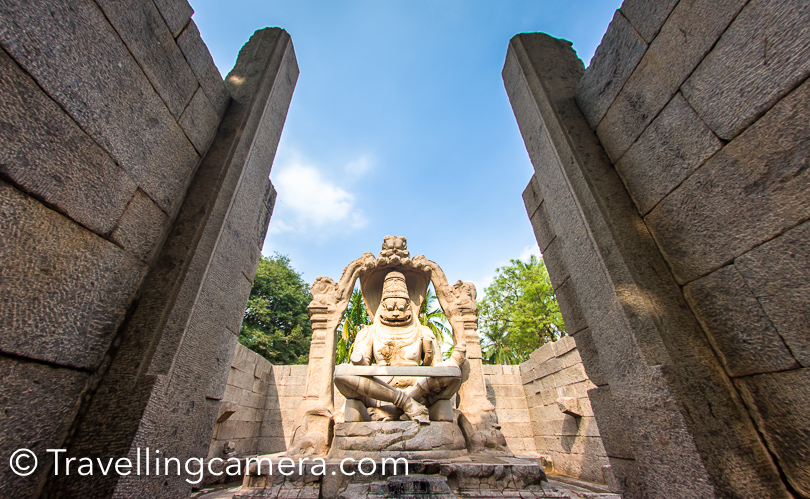
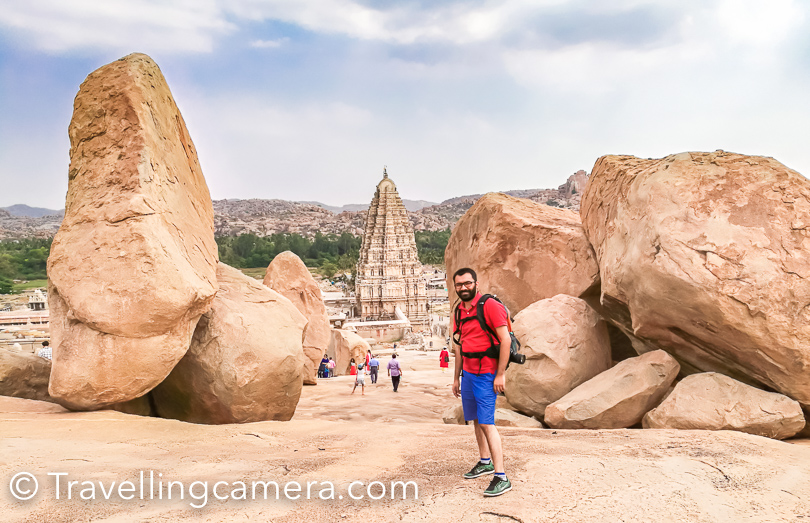

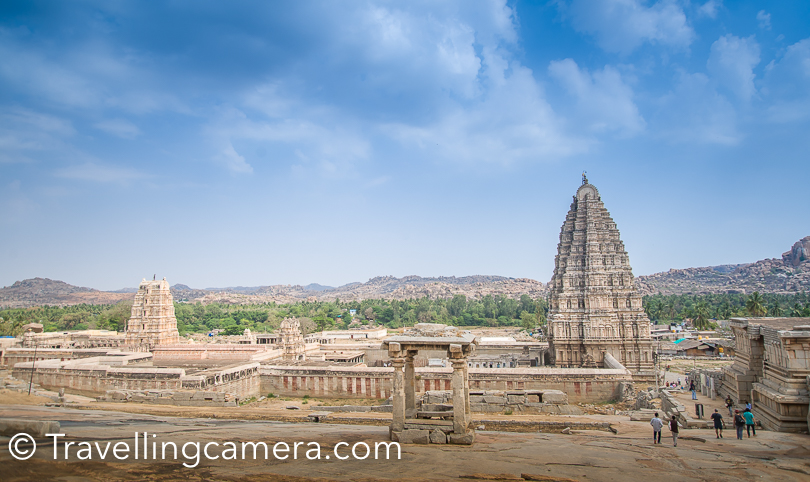
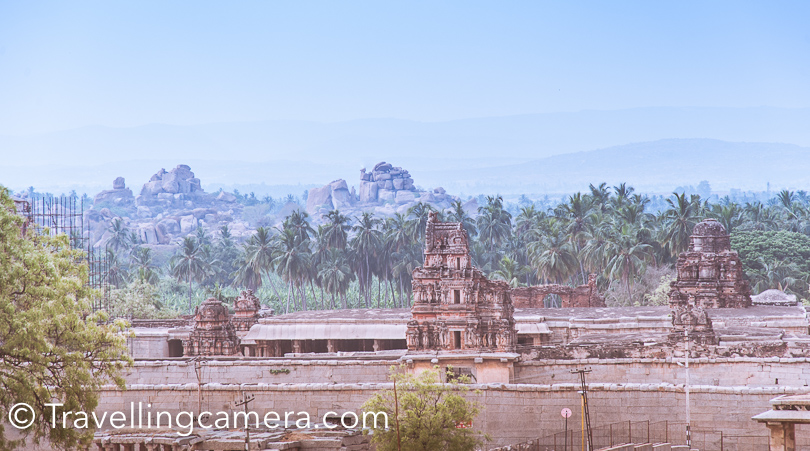
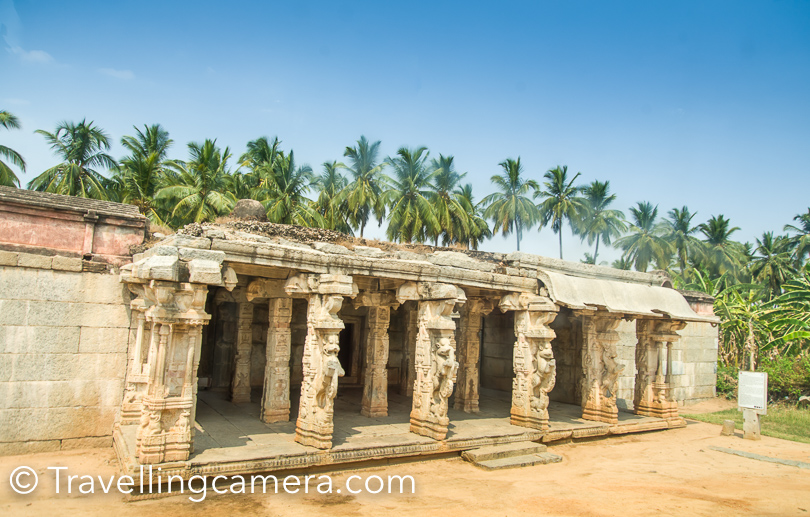



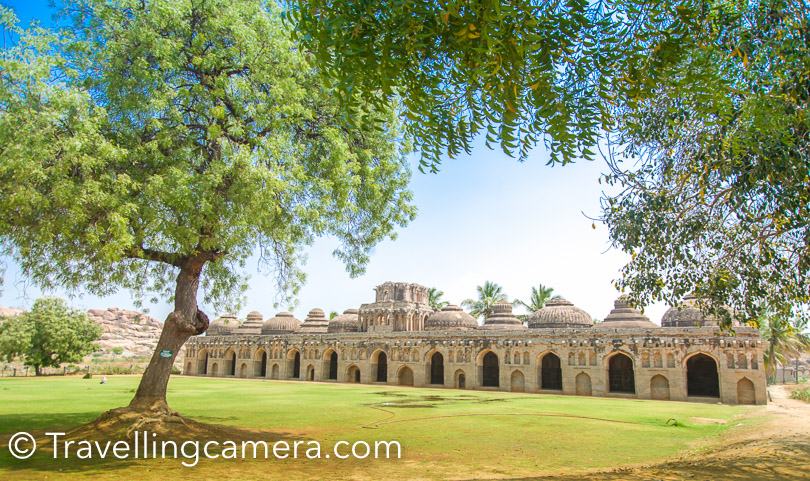




.jpg)
Comments